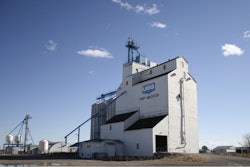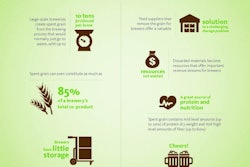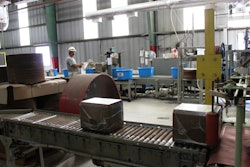
Today's blog entry comes courtesy of guest blogger Mace Thornton, executive director, communications, for the American Farm Bureau Federation. Mace traveled with Feed & Grain to GEAPS Exchange 2014 in Omaha, NE, and gathered the insights below at the educational session titled "Building a Bench - Succession Management," presented by Mike Koenecke, HR recruiter/talent management, Ag Partners LLC. For more of Mace's musings, follow @AFBFMace on Twitter.
With an aging “Baby Boom” generation at or nearing retirement age, the topic sweeping American business boardrooms these days is succession planning — who will be ready to lead once today’s executives punch out their time clocks for the final time.
In the grain industry, due to its higher-than-average demographic of men in leadership positions, with most carrying the traditional baby-boomer trait of working at one place for the bulk of their careers, the issue of succession planning takes on even greater importance, according to Koenecke.
To complicate matters, Koenecke said that when it comes to picking the next person to be in charge, succession plans fail approximately 70% of the time due to “a lack of sustained commitment from company leadership.”
Koenecke told a packed educational session at the 2014 GEAPS Exchange that companies must have in place a systematic way of fulfilling future management personnel needs.
Among other points, comprehensive succession planning must be based on a plan that includes:
- Evaluating the company’s internal talent pool
- Aligning the company’s goals with its future leadership needs
- Continuous professional development for employees
- Working to minimize a company’s loss of intellectual capital by retaining the best and brightest
- Narrowing the competency gap among employees
- Developing an objective way to measure “promotability” of employees
Koenecke said it is vital to harness both strategic and objective thinking when establishing the definition of the type of employee worthy to take the helm. The best way to do that is by measuring the employee group’s competencies, knowledge, skills, abilities and leadership traits.
This can be done through the use of scientifically validated assessment tools, and tools such as 360-degree peer reviews. He told the crowd that by using three or more scientifically validated tools, the succession plan success rate climbs to 92%. But, he added, success hinges on more than simply having the HR department trotting out the latest tools.
“HR is a strategic part of this, but it’s really the managers who need to own the process,” Koenecke said.
In the grain industry, there is plenty of incentive to plan for the future. As the wave of baby boomers are hitting retirement age, on average, across all industries the retirement rate usually runs between 3% and 5%. In the grain industry, however, Koenecke said the retirement rate today frequently hits double digits, 8-12% or higher.









